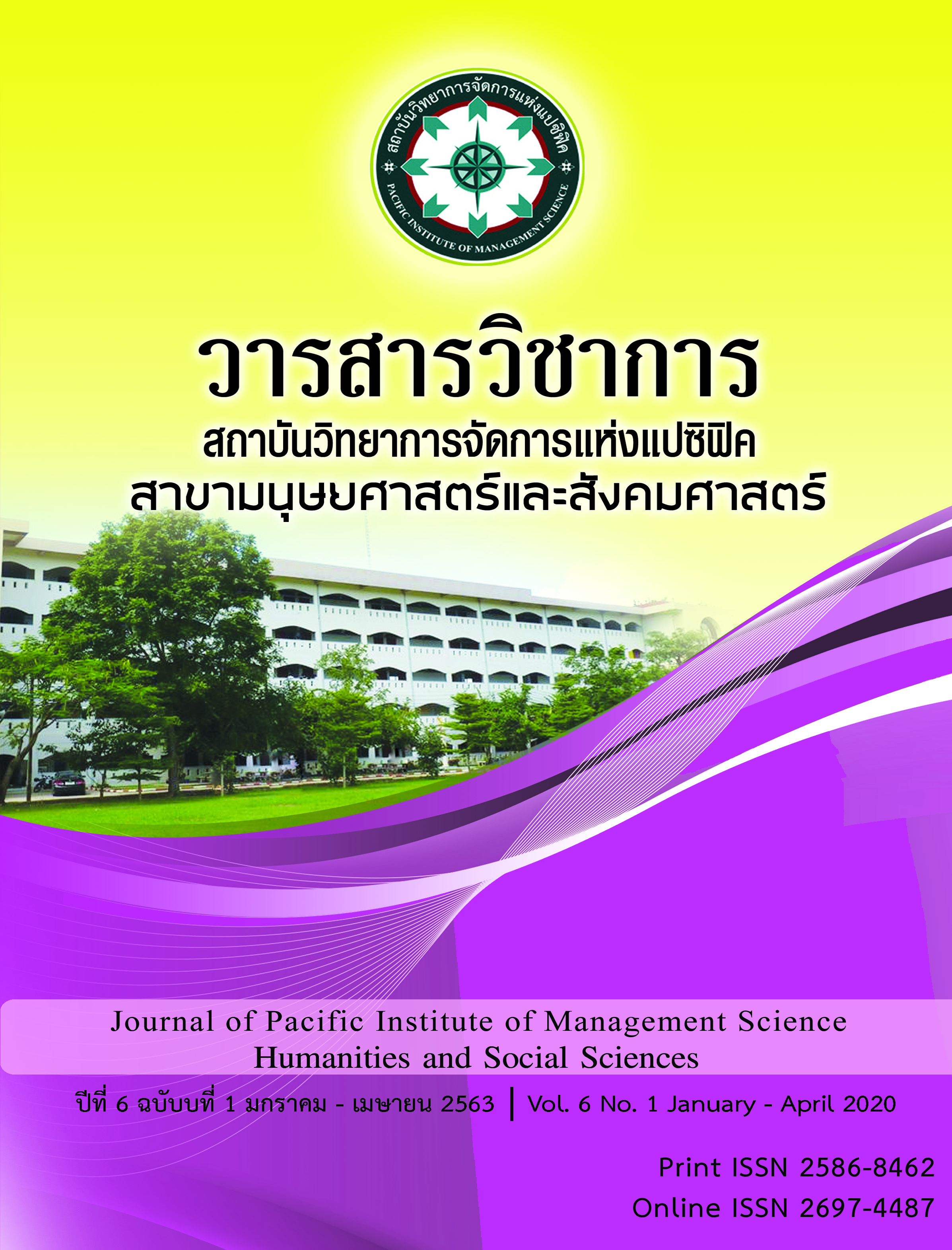The Value Adding Innovation of Supply Chain of Cassava in Thailand
Keywords:
value addition innovation, supply chain of cassavaAbstract
The objectives of this study were: 1) to investigate the management of the cassava supply chain in Thailand: 2) to analyze the problems and obstacles pertaining to the management of the cassava supply chain in Thailand : and 3) to ascertain the importance of the supply chain in relation to the piecing of the cassava ; and 4) to offer recommendations for the innovation of value addition. The study was mixed in nature (quantitative and qualitative research methods) the study tool for the quantitative research method was a set of self-administered questionnaires, whereas the semi- structured interview guide was the study tool of the qualitative research method. 399 cassava planters in Nakhonratchasima province, Kanchanaburi province and Kamphaengphet province comprised the sample for the study in the case of the quantitative research and 9 key informants (cassava entrepreneurs) comprised the sample of the qualitative research. The data analysis has revealed the following facts: the cassava supply chain included importer government policy, export volume, harvesting period, quality of cassava roots, cassava yields, domestic demand, the government policy, price of substitution goods, and export price. All these factors had great influence on the pricing of cassava in Thailand. As for the management of the cassava supply chain, holistically considered, the following techniques should be put into practice 1) creation of clusters of cassava from start to finish or establishment of the cassava cluster cooperative of Thailand. 2) The genetic engineering for use in creating the value addition innovation should be adopted.
References
ปรารถนา ปรารถนาดี และคณะ.(2552). โครงการการจัดการโซ่อุปทานและโลจิสติกส์ของผลิตภัณฑ์มันสำปะหลังในประเทศไทย รายงานวิจัยฉบับสมบูรณ์, น.35-59.
พลาพรรณ คำพรรณ์.(2556).การวิเคราะห์ห่วงโซ่อุปทานและโลจิสติกส์ การส่งออกพืชอาหารของประเทศไทย Analysis on supply Chain and Logistics of Cops Exporting. วารสารการวิจัยการพัฒนาการบริหาร.น 6.
วันรักษ์ มิ่งมณีนาคิน.(2552).หลักเศรษฐศาสตร์จุลภาค.พิมพ์ครั้งที่19.กรุงเทพฯ:สำนักพิมพ์มหาวิทยาลัยธรรมศาสตร์. กรุงเทพฯ : สำนักพิมพ์มหาวิทยาลัยธรรมศาสตร์.
สำนักงานเศรษฐกิจการเกษตร. (2561). มันสำปะหลังโรงงาน: เปรียบเทียบเนื้อที่เพาะปลูก เนื้อที่เก็บเกี่ยวผลผลิตและผลผลิตต่อไร่. ข้อมูลเศรษฐกิจการเกษตร. ค้นเมื่อ 18 มกราคม 2562, น.35-39.
อมรทิพย์ แท้เที่ยงธรรม.(2547).การประเมินผลกลุ่มหัตกรรม ภายใต้โครงการหนึ่งตำบลหนึ่งผลิตภัณฑ์ : กรณีศึกษา จังหวัดนครศรีธรรมราช. พิมพ์ครั้งที่ 3. กรุงเทพฯ : สำนักพิมพ์มหาวิทยาลัยเกษตรศาสตร์.
Downloads
Published
Issue
Section
License
บทความที่ได้รับการตีพิมพ์เป็นลิขสิทธิ์ของ สถาบันวิทยาการจัดการแห่งแปซิฟิค
ข้อความที่ปรากฏในบทความแต่ละเรื่องในวารสารวิชาการเล่มนี้เป็นความคิดเห็นส่วนตัวของผู้เขียนแต่ละท่านไม่เกี่ยวข้องกับสถาบันวิทยาการจัดการแห่งแปซิฟิค และคณาจารย์ท่านอื่นๆในสถาบันฯ แต่อย่างใด ความรับผิดชอบองค์ประกอบทั้งหมดของบทความแต่ละเรื่องเป็นของผู้เขียนแต่ละท่าน หากมีความผิดพลาดใดๆ ผู้เขียนแต่ละท่านจะรับผิดชอบบทความของตนเองแต่ผู้เดียว







